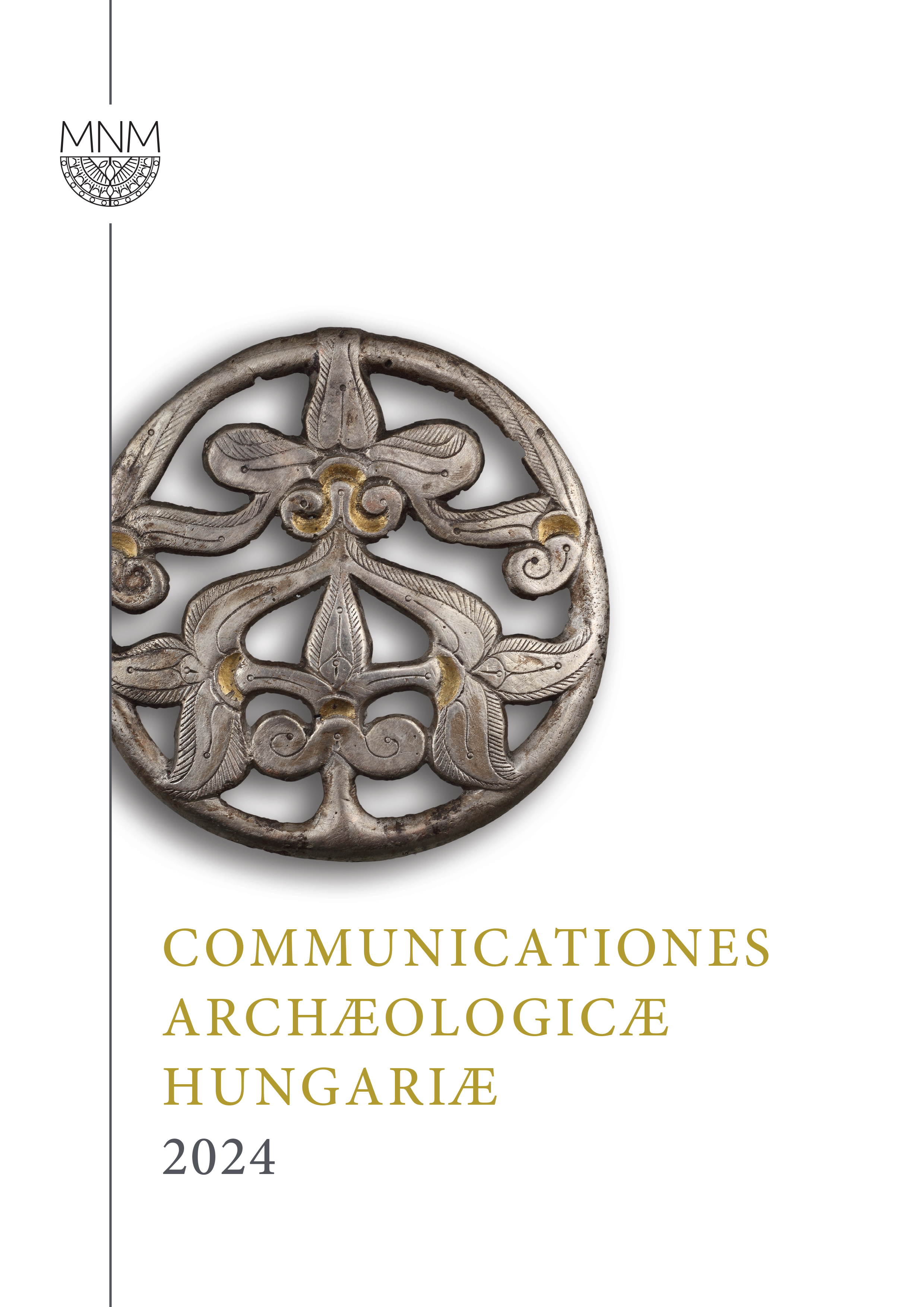From Local to Microregional and Beyond. Papers of the session held at the 28th EAA Annual Meeting in Budapest
Published 2024-12-19
Keywords
- sheepskin in grave,
- burial customs,
- flaying techniques,
- Avar Period
How to Cite
Básti, Z., & Gulyás, B. (2024). Burials with sheepskins in light of the changes between the Early and Late Avar periods. Communicationes Archaeologicae Hungariae, 2024, 81–108. https://doi.org/10.54640/CAH.2024.81
Abstract
The article discusses graves in the Carpathian Basin that contain the skulls, legs or other remains of flayed sheep. Based on the distribution of the phenomenon, the burials of the Early and Middle-Late Avar periods can clearly be distinguished from each other. In the Carpathian Basin, burials with sheepskins concentrated east of the Tisza River in the Early Avar Period and reflect connections to the Eastern European steppe. After the mid-600s, the phenomenon became common in a much wider area and the method of flaying also changed.


